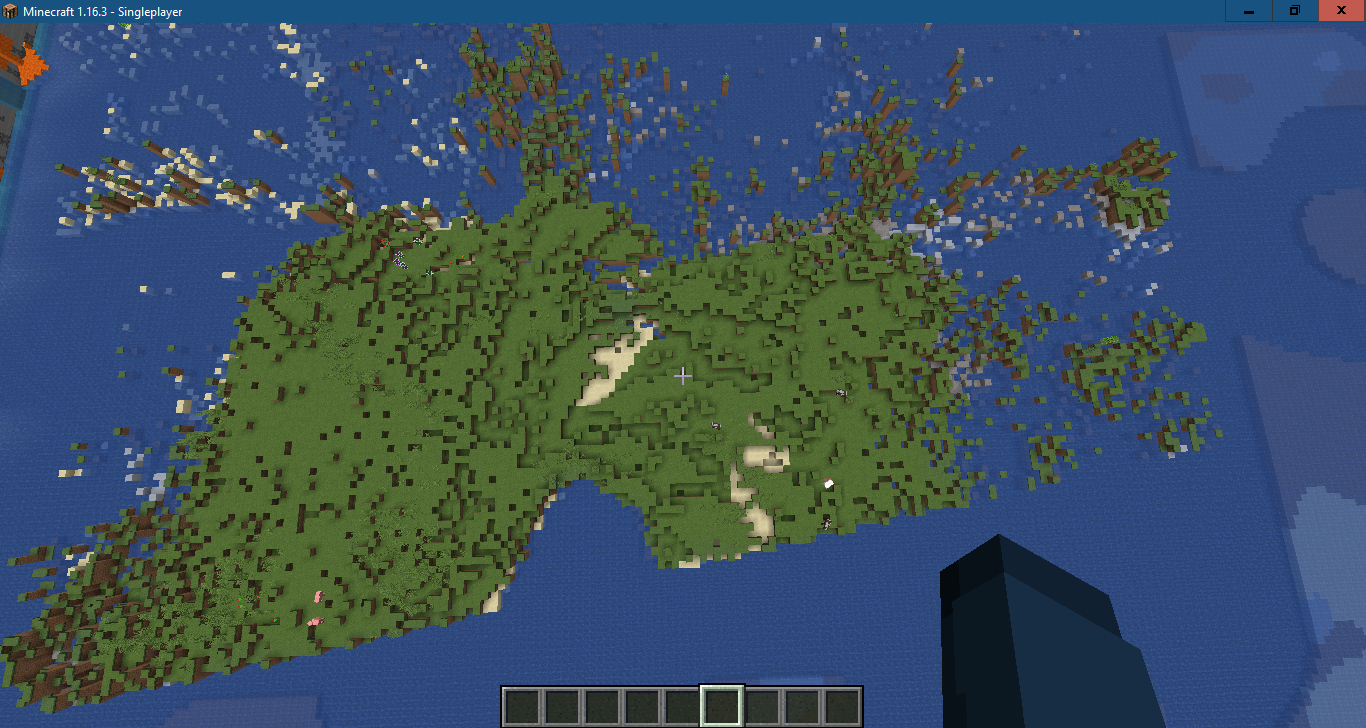Page History
...
This document will provide insight for both DAACs and end users who want to transform NASA Earthdata formats (e.g., HDF, NetCDF ) into different analysis-ready data (ARD) formats and geospatial data services using technologies that can effectively run in the Amazon Web Services (AWS) cloud computing environment.
User Experience
The successful user experience for NASA Earthdata is about meeting a data consumer's needs on individual level. For example, mobile app users will look for data that will fit in their tiny memory and space with streaming service. Alexa users will look for data can be delivered by voice. Cloud users will look for data that can be analyzed easily with commercial-off-the-shelf (COTS) solutions provided by cloud service vendor. Therefore, systematic data transformation of the existing data is necessary to enhance the user's experience and transforming scientific data into image data is one possibility to enhance user's experience.
Why image? Image is the format that everyone, including AI/ML, can enjoy! That's the main reason why NASA Earth Observatory publishes the image of day. You can engage not only general public but also students who can become future citizen Earth scientists through gamification of NASA Earthdata.
| Hurricane Sally Image from ASF | Minecraft Map from Hurricane Sally Image |
|---|---|
Why ArcGIS? Esri's ArcGIS Enterprise is an amazing all-inclusive turn-key solution for NASA Earthdata in both cloud and on-premise systems.
Highlights
Transformation Workflows
We investigated the most commonly used workflows that can be applied to NASA CUMULUS.
DAAC Collaboration
ASDC infused our technology and created image services in on-prem systems.
Although our focus was ASDC products, our workflows can be easily extend to other DAACs. We collaborated with ASF and GSFC.
GDAL Community Engagement
Through BEDI, GDAL Enhancement for ESDIS (GEE) project identified an issue in handling multi-dimensional dataset and made patches. When the GEE team made a pull request after clearing NOSA, GDAL community reviewed the requests and created a new RFC 75 to generalize our patch work further. The RFC was discussed, approved, and fully implemented in GDAL 3.1.
...

